10 WordPress Maintenance Mistakes You Should Avoid

WordPress maintenance is crucial to keeping your website secure, up-to-date, and running smoothly. However, many website owners and administrators make common Wordpress maintenance mistakes. These mistakes can lead to problems such as security breaches, data loss, and poor performance.
In this article, we'll identify some of the most common WordPress maintenance mistakes, and provide tips on how to avoid them.
Here is a video that summarizes everything
Table of Contents
Mistake #1: Not Backing Up Your Site Regularly
Regularly backing up your WordPress site is essential for ensuring the security, functionality, and integrity of your site's data. A backup allows you to restore your site's content, files, and database if something goes wrong.
Despite the importance of backups, many website owners overlook this critical aspect of WordPress maintenance. They may assume that their hosting provider is taking care of backups. However, relying only on hosting providers is risky. It can lead to significant data loss, downtime, and damage to your site's reputation.
It is crucial to set up a regular backup schedule and store your backups in a secure location. A backup schedule mainly depends on the frequency of your site's updates. If the site content is updated frequently daily backups will be necessary. On the other hand, a site that is less active may require weekly or monthly backups.
Although you can manage your backups manually we suggest using a plugin that will make your life much easier. Manual backups can be time-consuming and prone to errors, making automated backup plugins a more convenient and reliable option.
Popular backup plugins for WordPress include UpdraftPlus, BackupBuddy, and Jetpack. These plugins offer various features such as automatic backups, cloud storage integration, and one-click restoration. They can help keep your site safe. They will also help you to quickly recover your site if disaster strikes.
Mistake #2: Failing to Update the WordPress Core, Plugins, and Themes
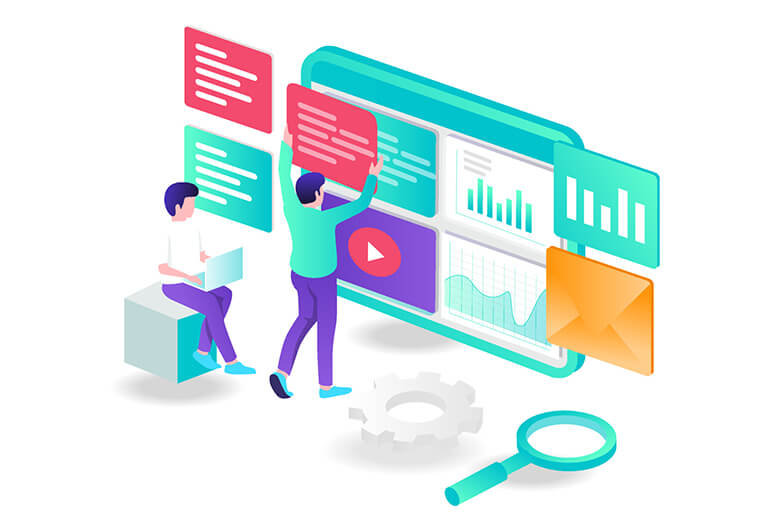 WordPress core updates are released frequently, and they come with several important benefits. Plugins and themes also go through revisions and need to be updated.
WordPress core updates are released frequently, and they come with several important benefits. Plugins and themes also go through revisions and need to be updated.
WordPress, plugin, and theme updates contain security patches that safeguard your website from potential security threats. They may also include bug fixes, feature improvements, and compatibility updates that ensure your site works seamlessly with the latest features and plugins. Neglecting these updates can leave your site vulnerable to security risks and hinder its performance.
Many times website owners hesitate to perform these updates because of their concern about messing things up. They may also forget to perform updates on a regular basis, or neglect to update them all together. Worst of all, they may not even realize that these updates are critical.
As the owner or administrator of a website, you should make sure that updates are performed regularly. Don’t forget to test your site thoroughly after each update to ensure that everything is functioning properly. Sometimes, updates can introduce compatibility issues or bugs that may break your site.
Mistake #3: Neglecting Site Security
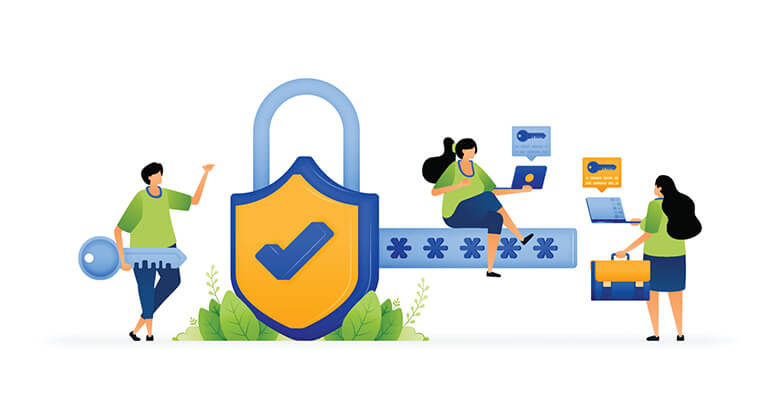 A security breach can have disastrous consequences for your business. It can result in the loss of valuable data, website downtime, and significant harm to your site's reputation.
A security breach can have disastrous consequences for your business. It can result in the loss of valuable data, website downtime, and significant harm to your site's reputation.
Unfortunately, we see many website owners who fail to prioritize site security. They probably assume that their website is not a likely target for hackers. Or, sometimes they are not aware of the basic security measures they can implement.
Essential security precautions include strengthening usernames and passwords, limiting login attempts, and utilizing a security plugin.
When choosing a password make sure it is unique, lengthy, and contains a mix of numbers, letters, and symbols. By limiting login attempts you can prevent hackers from repeatedly guessing login credentials and gaining administrative access to your site.
Security plugins, such as Wordfence and iThemes Security offer a variety of features to help secure your site from potential attacks. These features include firewall protection, malware scanning, and vulnerability detection.
Never forget to conduct regular security scans of your site. Regular scans help identify potential vulnerabilities and provide insight into the site's overall security status. If vulnerabilities are identified, they should be addressed immediately to prevent potential security problems.
Mistake #4: Installing Too Many Plugins
Installing too many plugins on your WordPress site can impact the performance and security of your website. Plugins can extend the capabilities of your website. However, each plugin adds more code. This increases the chance of compatibility problems and security vulnerabilities.
Each plugin comes with its own set of scripts, stylesheets, and database queries, which adds more code to your site. When your website is bloated this way its speed and load times will suffer.
Plugins are created by different developers with varying levels of skills and different methods. So sometimes, these plugins may conflict with each other, the theme used on your site, or the core WordPress software. As a result, when the number of plugins increases, the possibility of experiencing problems with your site also rises.
Security is another risk associated with installing too many plugins. Every plugin that you install increases the attack surface of your website. This provides more opportunities for hackers to exploit vulnerabilities and gain access to your site.
Even if a plugin is well-coded and secure, it may become vulnerable if it is not regularly updated. Therefore, it is essential to remove any unused plugins regularly.
Before installing any plugin, carefully evaluate its functionality and check its reviews and ratings. Also, regularly review your installed plugins. Remove any that are no longer necessary, and keep the remaining ones updated. This will ensure their compatibility and security.
Mistake #5: Failing to Optimize Your Site For Speed
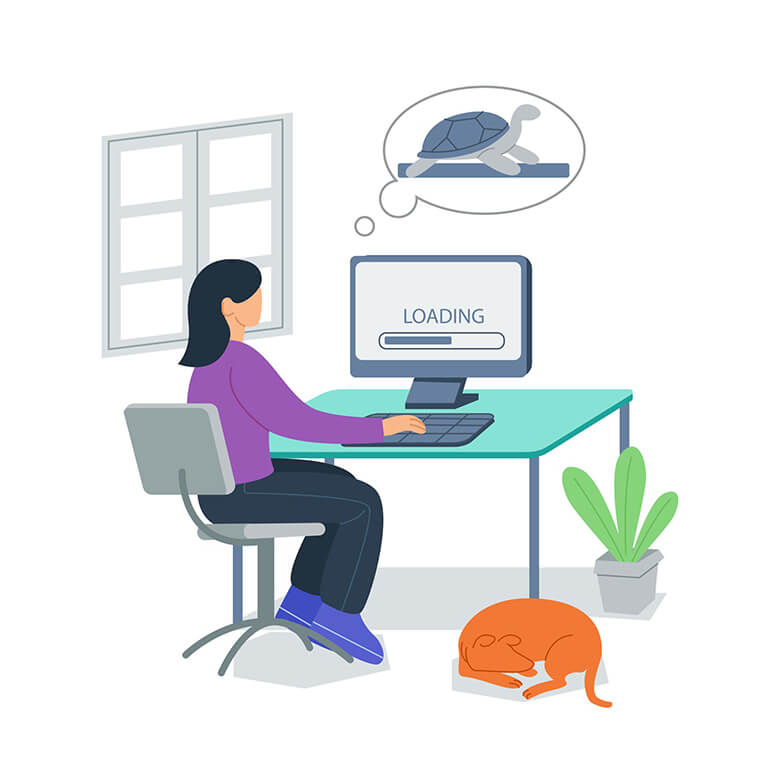 WordPress performance is a crucial factor in providing a positive user experience and improving your site's search engine rankings. However, many times site performance optimization is neglected. This is because website owners are not aware that it is an important piece of the SEO and web experience puzzle.
WordPress performance is a crucial factor in providing a positive user experience and improving your site's search engine rankings. However, many times site performance optimization is neglected. This is because website owners are not aware that it is an important piece of the SEO and web experience puzzle.
Several WordPress security plugins are available to help you with this. WP Rocket, W3 Total Cache and Autoptimize are some of the widely used plugins you can use for improving your site’s load speed. WP Rocket is a premium plugin while W3 Total Cache and Autoptimize can be used for free. Autoptimize also offers a paid Pro version.
All of these plugins have similar performance optimization features, including page caching, browser caching, and minification of CSS and JavaScript. In addition, they support features such as lazy loading of images and videos, database optimization, and content delivery network (CDN) integration.
By optimizing your site's performance, you can improve its load times, reduce bounce rates, and improve its search engine rankings. This will result in a better user experience and higher traffic to your site.
Mistake #6: Ignoring Broken Links and 404 Errors
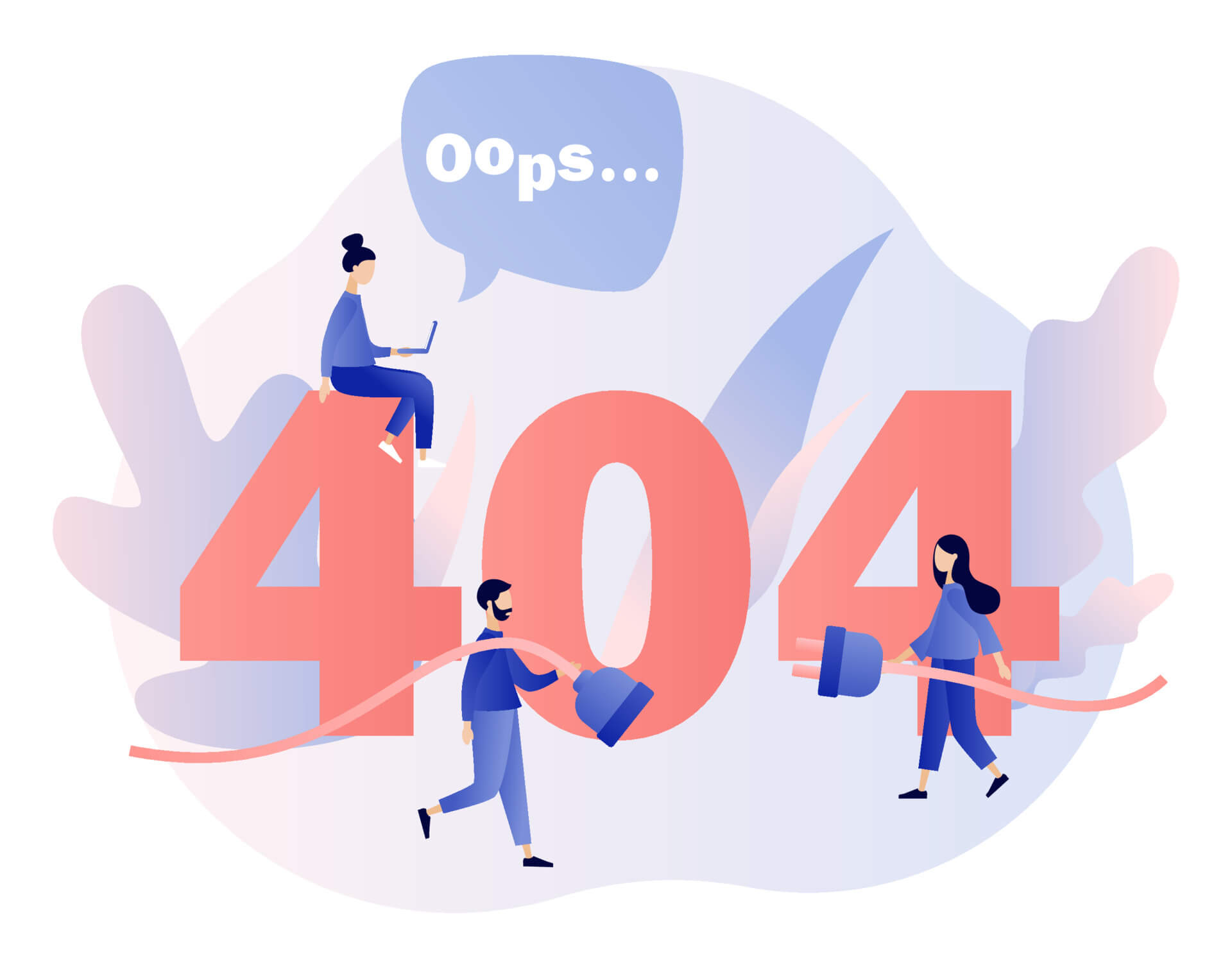 Broken links and 404 errors can negatively impact your site's user experience and reputation. When a visitor clicks on a broken link or encounters a 404 error, they may assume that your site is outdated. They may also think that it is unprofessional, or unreliable. This can result in a high bounce rate, lower engagement, and decreased traffic to your site.
Broken links and 404 errors can negatively impact your site's user experience and reputation. When a visitor clicks on a broken link or encounters a 404 error, they may assume that your site is outdated. They may also think that it is unprofessional, or unreliable. This can result in a high bounce rate, lower engagement, and decreased traffic to your site.
Broken links mainly occur when a page is removed from the site or when the URL is changed.
To avoid this issue, you should regularly check your site for broken links and 404 errors. You can use Broken Link Checker to scan your site and identify the pages that create this error. Once you have identified the broken links, you can update their URLs, remove or replace the links, or redirect them to relevant pages on your site.
Redirection is a plugin that is commonly used to manage broken links. This plugin helps redirect visitors to relevant pages on your website, improving their user experience. This reduces the likelihood of them leaving your site and helps with maintaining your site's quality, functionality, and reputation.
Mistake #7: Neglecting Site Accessibility
Websites must be accessible by all users, regardless of any disabilities. The purpose of web accessibility is to ensure that everyone can access and use a website without barriers or discrimination. This includes people with visual, auditory, or physical impairments.
Ignoring web accessibility obviously will harm the user experience of visitors with disabilities. This can lead to frustration, exclusion, and a negative perception of the website and its owners.
It may also lead to legal consequences. There are laws and regulations requiring websites to be accessible to people with disabilities. Failing to comply with these laws can result in lawsuits, fines, and reputational damage.
To avoid these negative consequences, website owners need to prioritize web accessibility as part of their WordPress maintenance strategy. This means taking basic measures such as:
- Using alt tags for images,
- Providing transcripts for videos,
- Using accessible themes and plugins.
It also means using tools and resources that can help ensure the accessibility of your site. One such tool is the WebAIM Color Contrast Checker. This allows you to test the contrast of your site's colors to ensure readability for users with visual impairments.
At Synarcon we offer a solution that is developed by accessiBe. This system is automated and uses artificial intelligence. It can achieve full ADA compliance within 48 hours. Plus, it provides 24/7 automatic maintenance.
Mistake #8: Not Testing Your Site On Different Devices And Browsers
Ensuring cross-browser compatibility is a critical aspect of WordPress maintenance. Website owners should prioritize this to provide the best user experience for their visitors. With the wide variety of devices and browsers available, it is essential to test your site on different platforms. This ensures that your site works seamlessly on all of them.
Unfortunately, this is another significant point that many website owners neglect. If your website is not compatible with the device or browser your visitors use, they may encounter issues with your site that render it unusable or challenging to navigate. You have to be aware that this can result in a significant loss of potential customers.
There are various tools available to help with cross-browser compatibility testing, such as BrowserStack, Sauce Labs, and LambdaTest. Each of these platforms provides a range of testing capabilities. This allows you to test your site on various devices, browsers, and browser versions.
Mistake #9: Using Low-Quality Website Hosting
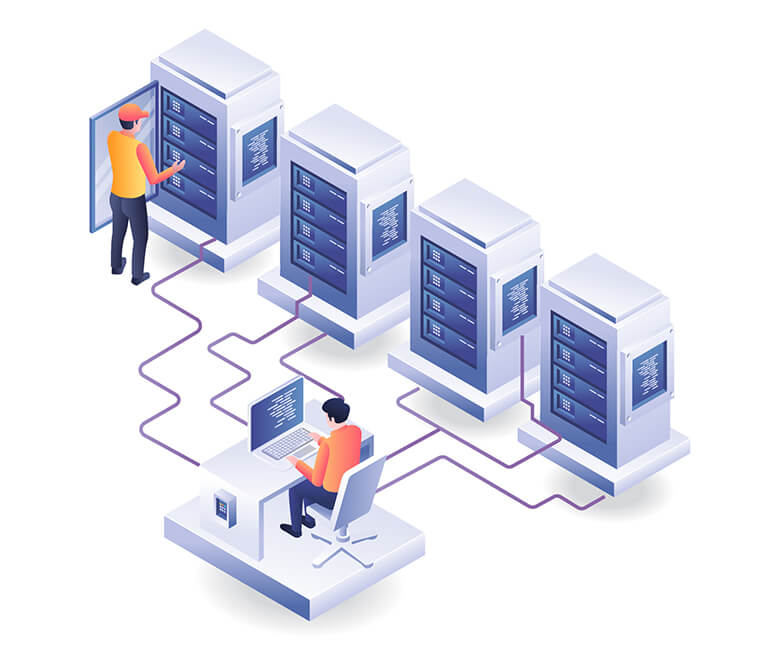 When it comes to website hosting, low quality also means low cost.
When it comes to website hosting, low quality also means low cost.
One of the biggest problems with using low-quality hosting is that it can result in slow loading times. This can be incredibly frustrating for visitors, and it can also have a negative impact on your search engine rankings.
Low-quality hosting providers are often less secure than their more expensive counterparts. This means that your website may be more vulnerable to security threats.
They also often lack the resources necessary to handle high levels of traffic. If your website experiences a sudden surge in traffic, it may crash or become unavailable. This may lead to lost revenue and frustrated visitors.
Finally, low-cost hosting providers often provide poor customer support, making it difficult to resolve issues quickly. This can be especially problematic if you are not technically savvy and need assistance with troubleshooting problems.
Mistake #10: Not Using A Staging Site
Making updates to a live website can be risky. Any change made to a live website, no matter how small, can cause unexpected problems and downtime that may not be resolved quickly or that may not even be immediately apparent.
Especially when there is active traffic, having website problems will impact the user experience and functionality of the site. As a result, your visitor may browse away to a competitor. If your business depends on leads from your website, or if you sell online, website issues can hurt your profits.
Also, if something goes wrong during an update, it can cause data loss, which can be disastrous for a business.
That’s why it is important to use a staging site before applying any changes to a website. A staging site is a replica of the live site. It allows you to test changes and ensure that everything is working properly before pushing the changes to the live site.
There are multiple methods that can be used to Implement a staging site for WordPress websites.
Best practice often involves using plugins such as WP Staging, WP Clone, or WP StageCoach. These plugins create a clone of the live website on another environment.
It helps to use a reputable WordPress hosting provider such as WP Engine or SiteGround. They offer the capability to create and manage a staging site directly from the web hosting account’s dashboard.
Another option is to use a subdomain or a totally different domain to create a mirror of the live website. In this case, you will have to manage the synching between the two environments manually.
Related Articles
- WordPress Website Maintenance Mistakes
- WordPress Maintenance Mistakes
- 5 Common WordPress Maintenance Mistakes and How to Avoid Them
- Common WordPress Mistakes
- Common WordPress Mistakes and How to Avoid Them
